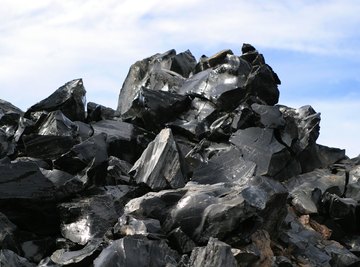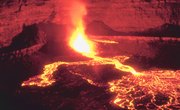
How to Identify Obsidian. Obsidian is a naturally occurring glass formed as igneous rock. It was originally molten lava but cooled so quickly no crystals formed. The lack of crystalline structure means that obsidian in not a true mineral and causes the fracture surfaces to be extremely sharp. Obsidian has been used in cutting tools since prehistoric times and is still used in surgical scalpels today.
Find obsidian in the margins of lava flows where cooling is rapid. One of the best places to find obsidian in the United States is Glass Buttes in central Oregon. Fist-size pieces can be found here in abundance on the surface.
Examine the general appearance of obsidian. It has a distinctive smooth glassy appearance. Obsidian is really a frozen liquid with small amounts of mineral impurities.
Look at the color. Although pure obsidian is usually dark, it may also be nearly clear on rare occasions.
Consider the effect of impurities on the color of obsidian. Iron and magnesium, for example, can make obsidian dark green. Hematite or limonite give obsidian a red or brown color. The jet black color most closely associated with obsidian is usually caused by many microscopic rock and mineral particles.
Observe the visual effects of small gas bubbles in the obsidian. If the bubbles were stretched almost flat, it can cause the obsidian to have a gold or silver sheen.
About the Author
This article was written by the CareerTrend team, copy edited and fact checked through a multi-point auditing system, in efforts to ensure our readers only receive the best information. To submit your questions or ideas, or to simply learn more about CareerTrend, contact us [here](http://careertrend.com/about-us).
